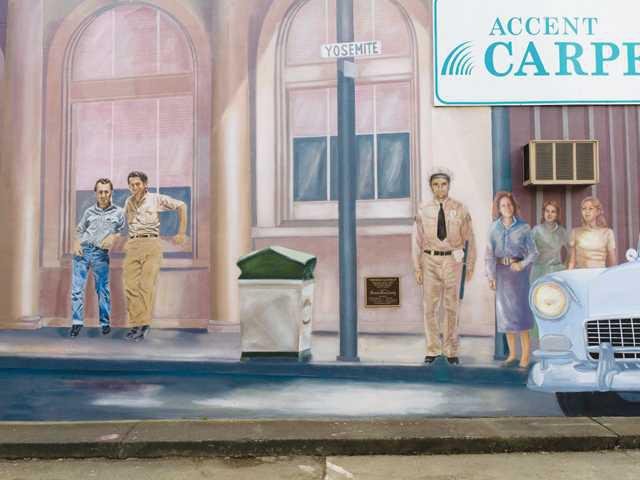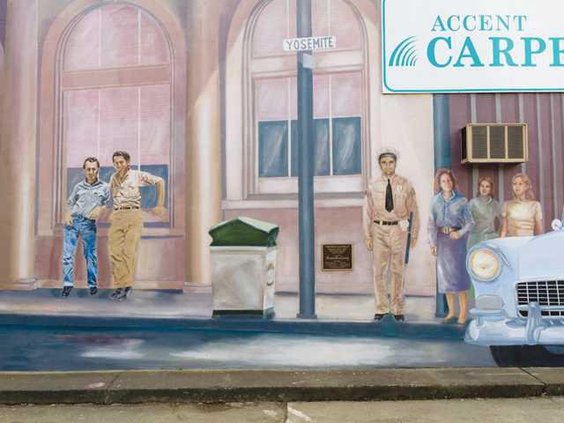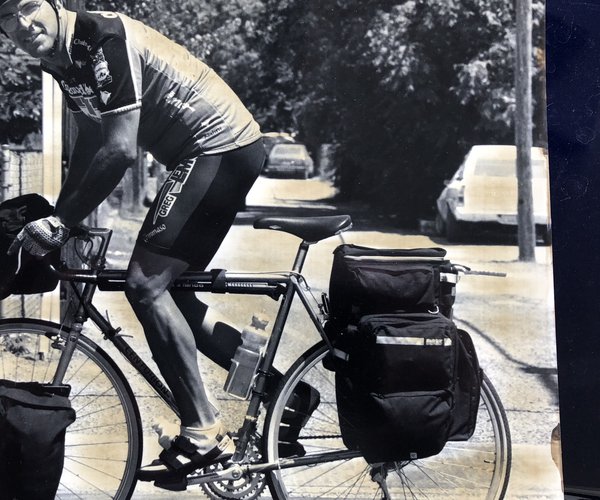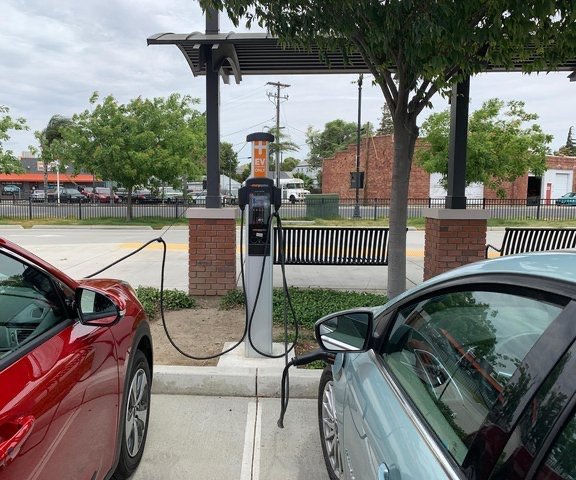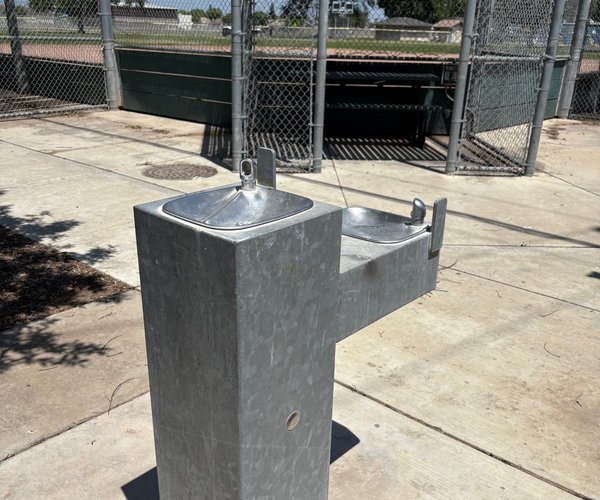There are few today in Manteca who would recognize the name Tillie Delnero.
He was a police officer back in circa 1960.
Manteca had 8,242 residents, a thousand more people than Escalon has today.
It was when Manteca Police officers had to buy their own gun.
The pay was just over $400 a month.
And there was no police academy.
It was on the job training with a veteran officer out on the street their first day in the job.
Delnero, an amateur boxer in his youth, was such a legend among young people of the day that his image graces the Cruising Mural in the 100 block of North Main Street.
His image in a tan police uniform and black tie complete with the Mayberry style deputy hat is shown keeping an eye on the Saturday cruise participants on Yosemite Avenue.
Delnero was a no-nonsense kind of guy, who was often seen with his signature cigarette dangling from his lips while on patrol.
Those who have shared stories tell of how he “knew” they had beer or liquor in their cars and how he’d give them a break after pouring it into the gutter as long as they went straight home.
Delnero, who seemed to be on a first name basis with every parent in town, would warn if they got into trouble again that he’d talk to their parents.
This was in an era where the full wrath of your parents was more frightening that the prospect of doing time at juvenile hall.
And it goes without saying, Delnero was representative of thousands of police officers of his day.
It is that era the majority of a seven member community group asked to provide positive and negative input on the Manteca Police Department seemed to yearn for, to a degree, in an abstract manner when they gathered Wednesday.
They were all, except for one, old enough to know 1960 has long disappeared from the rear view mirror.
But they do have a point.
The more police are literally on the ground interacting with the community and getting to know residents by building relationships, the greater the chance a lot of what is considered crime could be nipped in the bud.
They would have been beat cops in big cities like San Francisco where those who spent most of the time walking while on patrol. They were often called “flatfoots.”
More interaction with the community and more time engaging when crime isn’t taking place was one of the “needs” identified.
While there was a general consensus Manteca needed more police officers that, in itself, was not the driving point.
It was more engagement.
It should be noted that police efforts in that department garnered what best could be called a “B” effort by the overall tone of the comments. But it was clear those in attendance wanted Manteca Police to bring in the “A” game in what is generally referenced today as community policing.
The police got high marks for improved transparency, better professionalism, and even effectiveness today compared to a decade or so ago.
It was inferred, but not outright stated, that any perception among the ranks that it is OK to treat one ethnic group different than another has all but disappeared with changes in the command structure eight or so years ago.
They also wanted to see more police who work in Manteca also live in Manteca just like in 1960.
They alluded to Ripon that over the years has gone as far as helping officers with downpayments to buy homes in Ripon.
They noted that at one point every officer in the Ripon Police Department were given a marked patrol unit to drive home.
The idea was criminals would have the perception the police are everywhere.
With new patrol units fully equipped now costing north of $110,000 for SUVs, it is highly unlikely that would be an affordable option.
But the reality today, even in small towns, is it would put a target on officers and their families.
It is why many prefer to raise families away from the cities they put their lives on the line to serve and protect.
It wasn’t noted during the two-hour discussion but crime, per se, has been on the downward swing for years in Manteca.
The statement is based on using the Part I Crime data — the felony crimes of murder, assault, robbery, arson, vehicle theft, sexual assault, and such — on the number of occurrences per 1,000 residents.
That said, there is still crime in Manteca.
The goal of the department is maximizing resources.
That is why the consultants are going through two years of call data, crime reports, in-person patrol observations, and inquiries of the community.
And it should be noted all of the tech Manteca Police have added over the years — drones, license plate readers mounted on patrol unit dashes and at traffic signals, body cams, in-patrol unit computers, and red light cameras to man’s a few — help enhance the effectiveness of sworn personnel.
The bottom line is to come up with a law enforcement service plan that reflects Manteca’s reality in 2025 and not 1960.
And, if you haven’t figured it out, a common thread besides catching the bad guys et al is the fact police after 65 years are still, and are expected to be, social workers to a degree.
It is part of the preventative crime effort.
At the same time, police officers need to be walking paralegals often making split second decisions.
And while money, more specifically the amount available, is the driving factor, spending money without a plan on how to maximize its effectiveness is foolish and potentially wasteful.
This column is the opinion of editor, Dennis Wyatt, and does not necessarily represent the opinions of The Bulletin or 209 Multimedia. He can be reached at dwyatt@mantecabulletin.com
